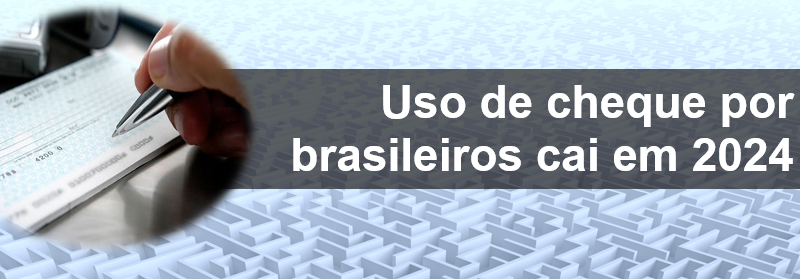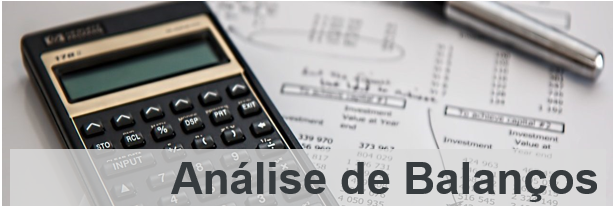Valor Justo: Novas orientações do IASB
 O IASB em meio às duras críticas sobre a forma de detreminação do Valor Justo (Fair Value) emite documento com exemplos sobre o cálculo e determinação do mesmo.
O IASB em meio às duras críticas sobre a forma de detreminação do Valor Justo (Fair Value) emite documento com exemplos sobre o cálculo e determinação do mesmo.
Conforme análise da revista CFO.com não houveram realmente mudanças nas regras:
No accounting rules were changed, and the guidance to clarify the rules stayed the same as well — except perhaps for the addition of some new examples. Yet in some ways, the 84-page document released today by the International Accounting Standards Board speaks volumes about the future direction of fair value accounting.
Undeterred by charges that fair value accounting is the demon at the heart of the credit crisis, IASB pulled together all its recent guidance on the subject into one document to answer the question of how to account for financial instruments in illiquid markets using the so-called mark-to-market methodology. The new document does not change any of IASB’s existing fair value rules, or its proposed amendments to IFRS 7 — the fair value disclosure rule due out in 2009.
Rather, it reiterates all the principles in IAS 39, IASB’s fair value measurement rule, and then addresses thorny practice issues, such as using transaction prices, management’s estimates, and pricing service data as inputs to recalculate fair value.
The principles outlined in the guidance formalize many of the recent pronouncements made by the IASB on fair value accounting, and released piecemeal over the last few weeks. Overall, the IASB guidance is consistent with a body of guidance released by the U.S. Financial Accounting Standards Board on Oct. 10. The U.S. guidance also provided illustrative examples, something both boards said constituents were clamoring for.
- Veja aqui a matéria completa da CFO.com
- Veja aqui a notícia no site do IASB
- Veja aqui o que já postamos neste Blog sobre Valor Justo.
Visited 1 times, 1 visit(s) today





